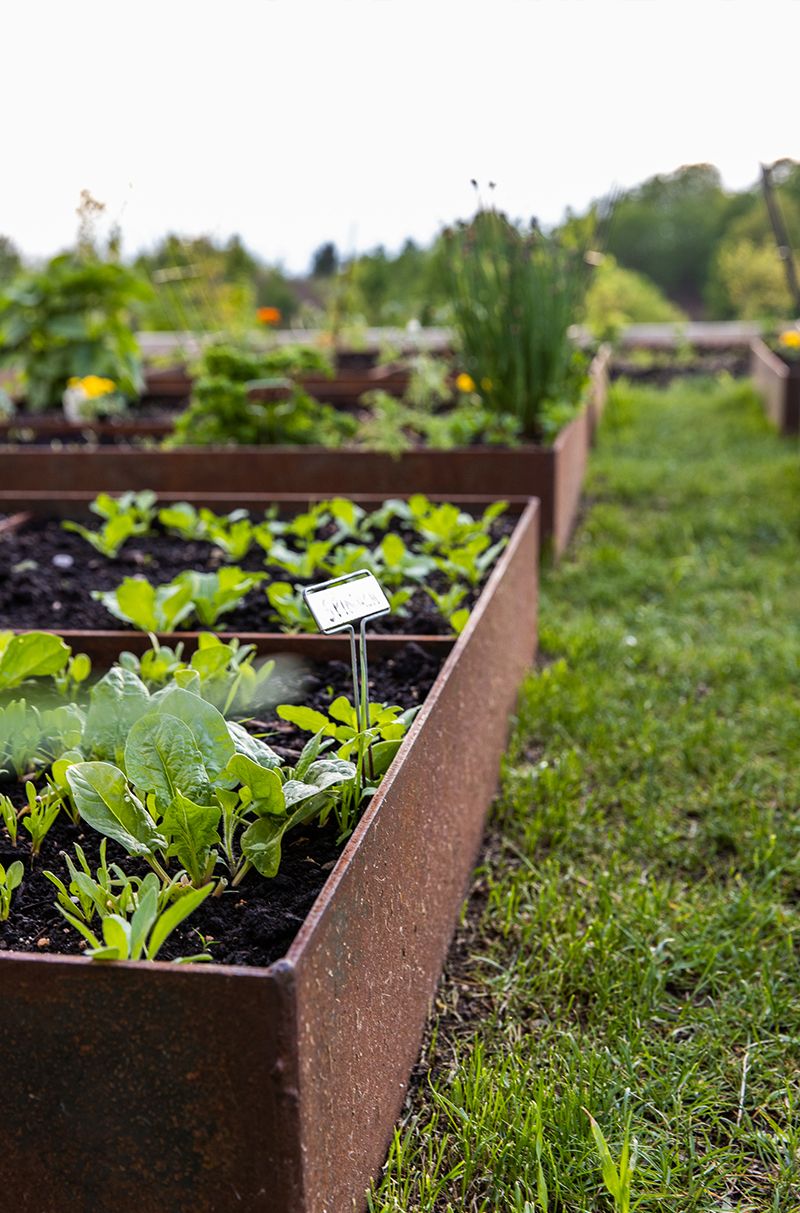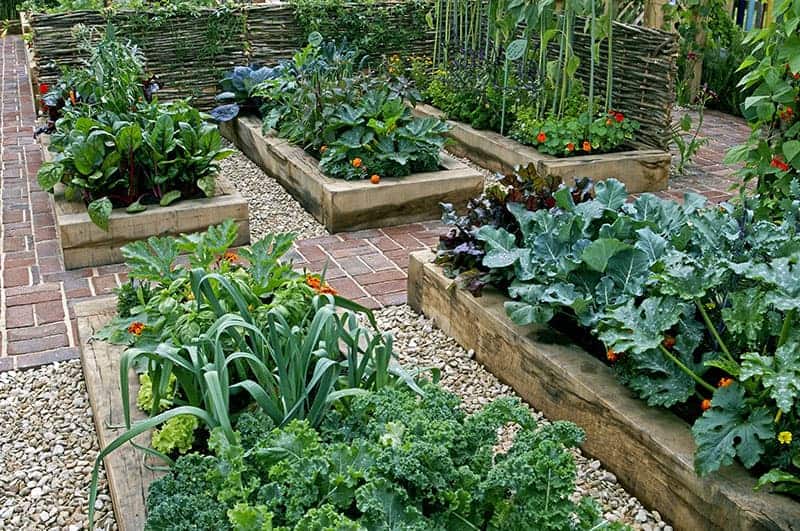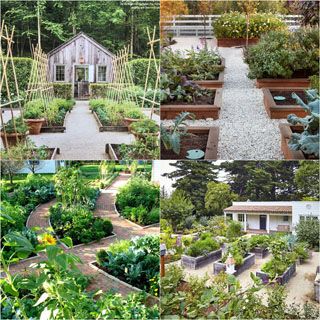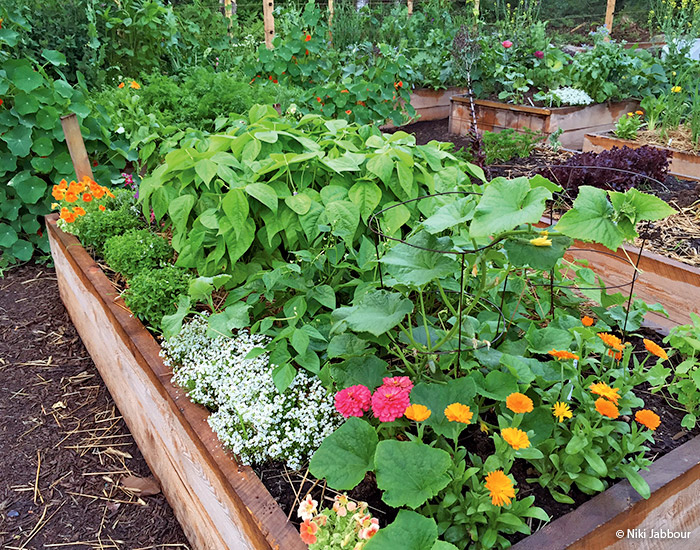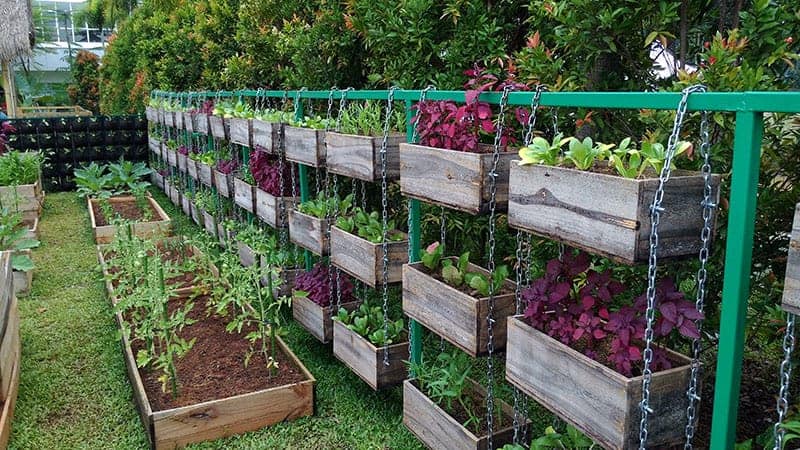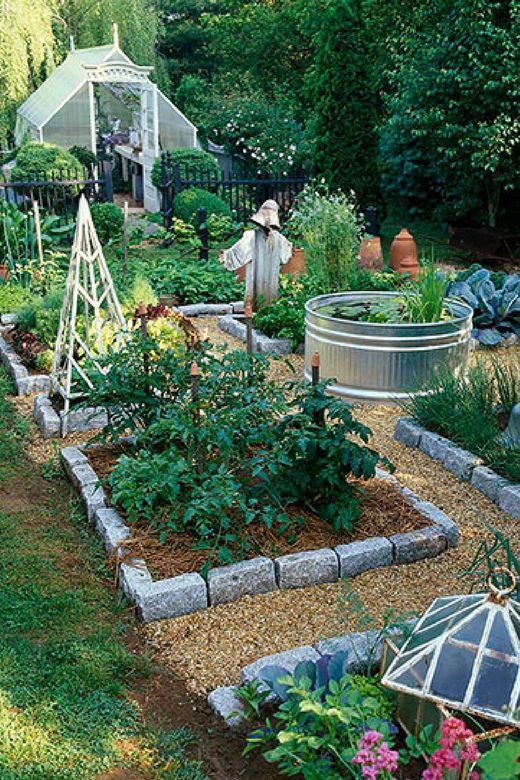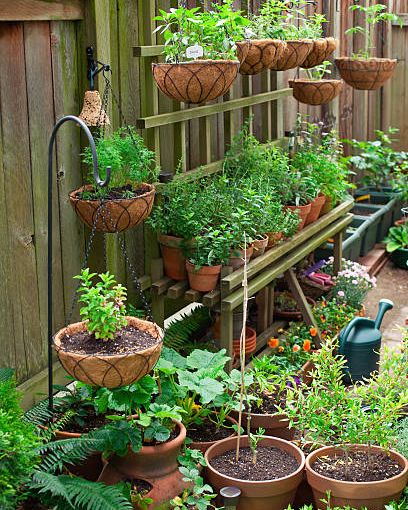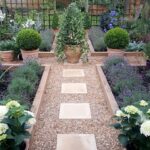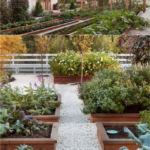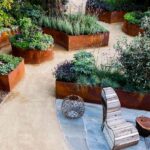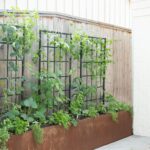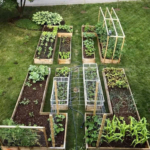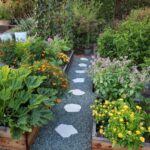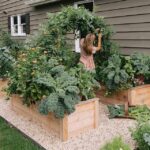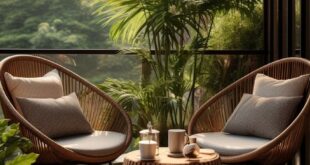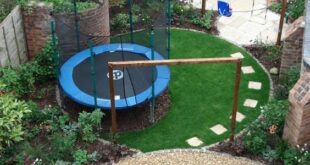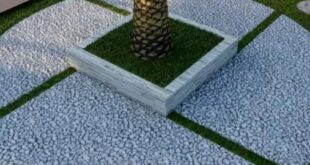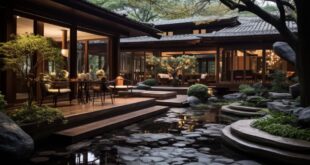Backyard Design with Vegetable Garden: Creating a Sustainable and Beautiful Space
In recent years, there has been a growing trend towards sustainable living practices and organic gardening. One of the best ways to embrace this movement is by incorporating a vegetable garden into your backyard design. Not only does a vegetable garden provide you with fresh and healthy produce, but it also adds beauty and life to your outdoor space.
When it comes to designing a backyard with a vegetable garden, there are a few key factors to consider. First and foremost, you’ll need to choose a location that receives adequate sunlight and has good drainage. Most vegetables require at least 6-8 hours of sunlight per day, so be sure to select a spot that meets this criteria.
Next, consider the layout of your garden. Raised beds are a popular option for vegetable gardens as they provide good drainage, prevent soil compaction, and are easy to maintain. Alternatively, you can create a traditional in-ground garden, or even utilize containers for a more compact design.
When it comes to the types of vegetables to plant in your garden, consider your climate and local growing conditions. Some popular options for beginners include tomatoes, peppers, zucchini, lettuce, and herbs. Be sure to choose a variety of vegetables that will provide a mix of colors, textures, and flavors in your garden.
In addition to vegetables, consider incorporating other elements into your backyard design to enhance the aesthetic appeal of your space. Planting flowers and ornamental plants around your vegetable garden can attract pollinators and beneficial insects, as well as add pops of color and fragrance to your outdoor oasis.
To further enhance the sustainability of your backyard design, consider incorporating composting and rainwater harvesting into your gardening practices. Composting kitchen scraps and yard waste not only reduces landfill waste, but also provides valuable nutrients for your soil. Similarly, collecting rainwater in a barrel can help reduce water usage and provide a free source of irrigation for your garden.
Ultimately, designing a backyard with a vegetable garden is a rewarding and fulfilling experience that allows you to reconnect with nature and enjoy the fruits of your labor. By embracing sustainable gardening practices and incorporating elements of beauty and functionality into your outdoor space, you can create a truly unique and inspiring environment that nourishes both your body and soul. So roll up your sleeves, grab your gardening tools, and start planning your backyard design with a vegetable garden today!
 innstyled backyard design ideas
innstyled backyard design ideas
